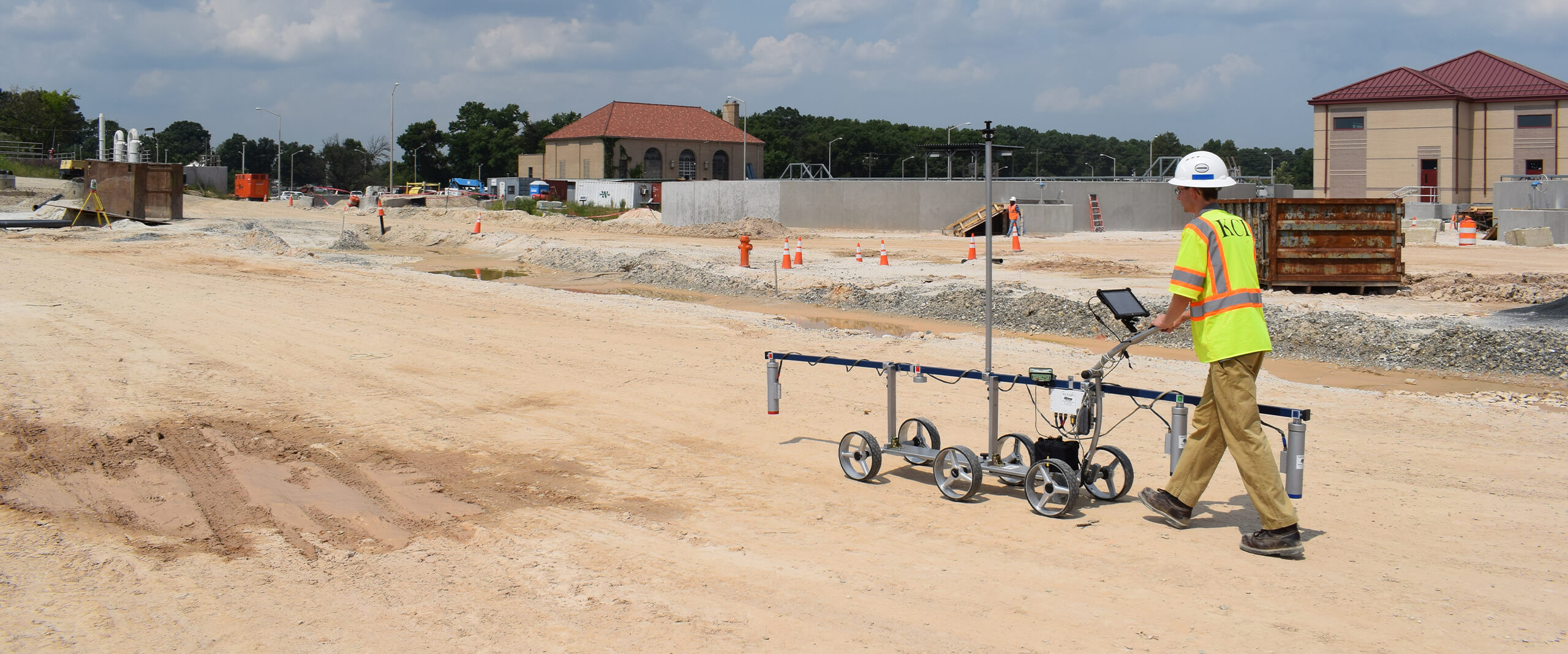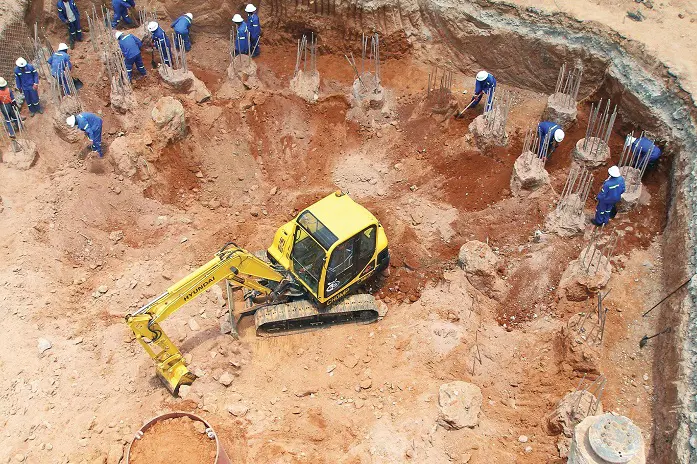Crucial High Qualities of Effective Civil Consulting Engineers
Wiki Article
The Vital Contributions of Geotechnical Engineers in Examining Dirt Actions and Structure Layout for Lasting Framework Growth
Geotechnical designers offer as a cornerstone in the world of sustainable infrastructure advancement, where their proficiency in examining dirt habits straight affects the safety and durability of structures. By using advanced strategies such as Common Penetration Examinations and Cone Penetration Screening, they carefully review soil homes, leading to educated decisions on structure layout.Function of Geotechnical Engineers

In addition to website examinations, geotechnical engineers examine potential threats such as soil liquefaction, incline stability, and groundwater concerns. They apply innovative engineering concepts to develop remedies that alleviate these risks, making sure that designs adhere to relevant codes and criteria. Their work frequently entails collaboration with various other design self-controls, engineers, and ecological scientists to develop integrated techniques to infrastructure advancement.
In addition, geotechnical engineers add to sustainable techniques by promoting the use of products and approaches that reduce ecological influence. Through their thorough understanding of soil auto mechanics and geology, they play an essential role in fostering risk-free, resistant, and lasting infrastructure that satisfies the requirements of culture while protecting the atmosphere.
Dirt Actions Assessment Strategies
Understanding soil actions is fundamental to informed decision-making in geotechnical engineering, as it directly affects the design and building procedures. Numerous analysis techniques are employed to evaluate soil residential properties, making sure precise predictions of its performance under various loading problems.One main method is the Typical Penetration Test (SPT), which provides insights right into soil thickness and uniformity via the resistance encountered during penetration. Likewise, Cone Penetration Screening (CPT) supplies a continual profile of soil stratification and in-situ strength criteria, making it possible for an extra thorough understanding of subsurface problems.
Lab tests, such as Atterberg limits, unconfined compressive strength, and triaxial examinations, are essential for identifying dirt habits under controlled problems. These tests help with the determination of vital criteria, including shear permeability, toughness, and compressibility.

Structure Style Principles
Foundation layout concepts are essential for ensuring the stability and durability of frameworks, as they dictate just how lots are transferred from the superstructure to the underlying soil. These principles incorporate different considerations, including load-bearing ability, negotiation, and lateral stability. A comprehensive understanding of dirt technicians is crucial for geotechnical designers to evaluate the interaction in between the soil and the foundation.One trick principle is the proper selection of foundation type, which may include shallow structures, such as spread footings, or deep foundations, like stacks or caissons, relying on dirt conditions and structural tons - geotech engineer. The structure needs to be developed to decrease differential settlement, which can bring about architectural damage

Lasting Facilities Practices
How can we successfully integrate sustainability right into facilities practices? Lasting framework techniques start with detailed website evaluations, which evaluate dirt behavior, neighborhood ecological communities, and source accessibility.In addition, using ingenious construction techniques, such as utilizing low-impact structures and recycled materials, significantly minimizes the carbon impact of facilities tasks. Geotechnical engineers play a crucial role in choosing proper products that boost durability and sustainability, such as using geo-synthetics to boost soil stability and reduce erosion.
Additionally, sustainable framework methods require continuous surveillance and maintenance to make sure that frameworks remain durable with time. This includes applying flexible management methods to resolve potential environmental modifications. Partnership among stakeholders-- consisting of designers, neighborhood communities, and policymakers-- is important for incorporating sustainability objectives right into task preparation and implementation. Inevitably, these methods not just add to the long life of frameworks yet also promote a healthier environment, aligning facilities advancement with more comprehensive sustainability purposes.
Study and Applications
Case studies in geotechnical design supply beneficial understandings right into the useful applications of soil actions and lasting facilities practices. One notable instance is the building and construction of the Burj Khalifa in Dubai, where extensive soil testing and evaluation were carried out to assess the unique obstacles presented by the region's loose sand and high water table. Geotechnical designers employed progressed methods such as dynamic penetrating and cone penetration screening to figure out the soil's load-bearing ability, eventually resulting in the layout of a deep structure system that supports this legendary framework.Another essential situation is the removal of the San Francisco-Oakland Bay Bridge after the 1989 Loma Prieta earthquake. Geotechnical assessments exposed the need for soil stabilization strategies, including grouting and dirt nailing, to enhance the seismic strength of the foundation. These treatments not just enhanced the bridge's safety and security but likewise added to its longevity and sustainability.
Such case studies exhibit just how geotechnical engineers play a vital duty in understanding dirt behavior and using cutting-edge services to guarantee the architectural stability and sustainability of facilities jobs. geotechnical eng. Their knowledge is crucial in dealing with the complicated tests posed by different dirt problems throughout diverse geographic places
Verdict
Finally, the contributions of geotechnical designers are essential for the analysis of soil habits and the style of structures, which are necessary for lasting framework advancement. Via the application of sophisticated screening techniques and cutting-edge materials, these specialists guarantee the stability and safety of structures while minimizing environmental effects. The assimilation of sustainable methods promotes durability in infrastructure tasks, highlighting the value of collaboration among stakeholders to accomplish effective building and construction solutions that satisfy both ecological and social requirements.Geotechnical designers offer as a foundation in the realm of sustainable infrastructure development, where their know-how in examining soil actions directly affects the security and longevity of structures.Geotechnical designers play an essential function in the design and construction of infrastructure by assessing soil and rock behavior to make certain stability and safety. A thorough understanding of dirt technicians is essential for geotechnical designers to assess the communication in between the foundation and the dirt.
Geotechnical evaluations disclosed the demand for dirt stablizing methods, consisting of grouting and dirt nailing, to boost the seismic resilience of the foundation.In verdict, the payments of geotechnical engineers are important for the analysis of soil behavior and the design of foundations, which are crucial for lasting framework advancement.
Report this wiki page